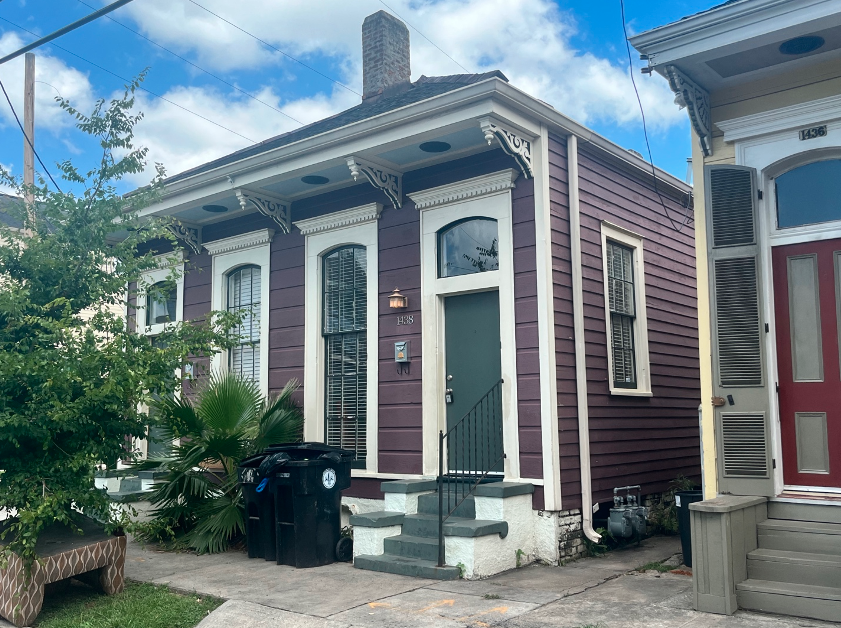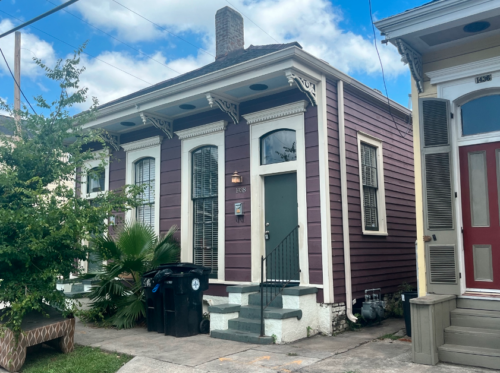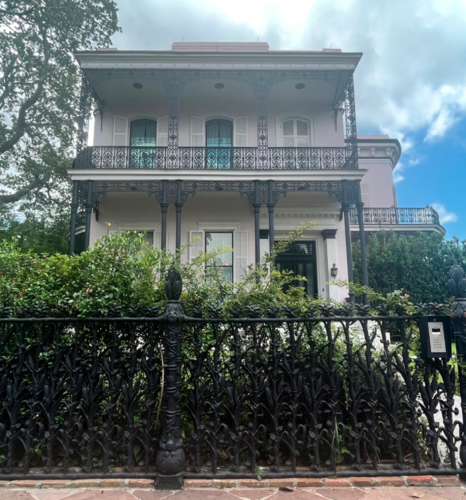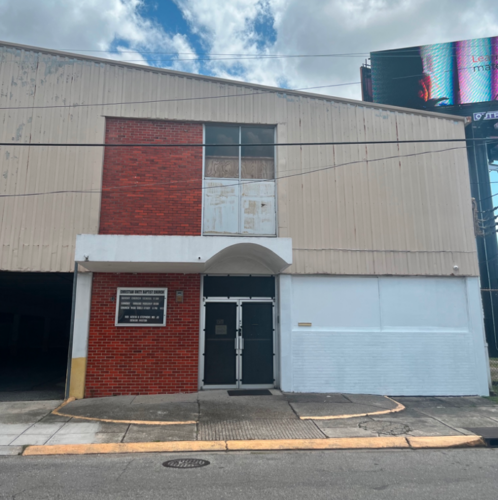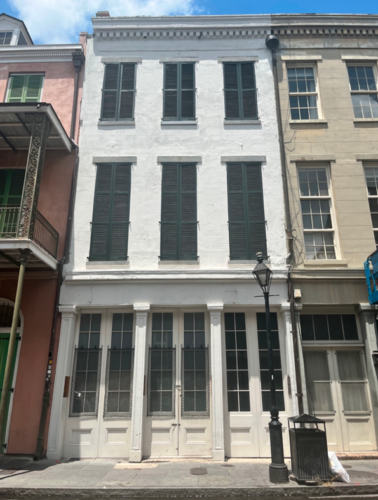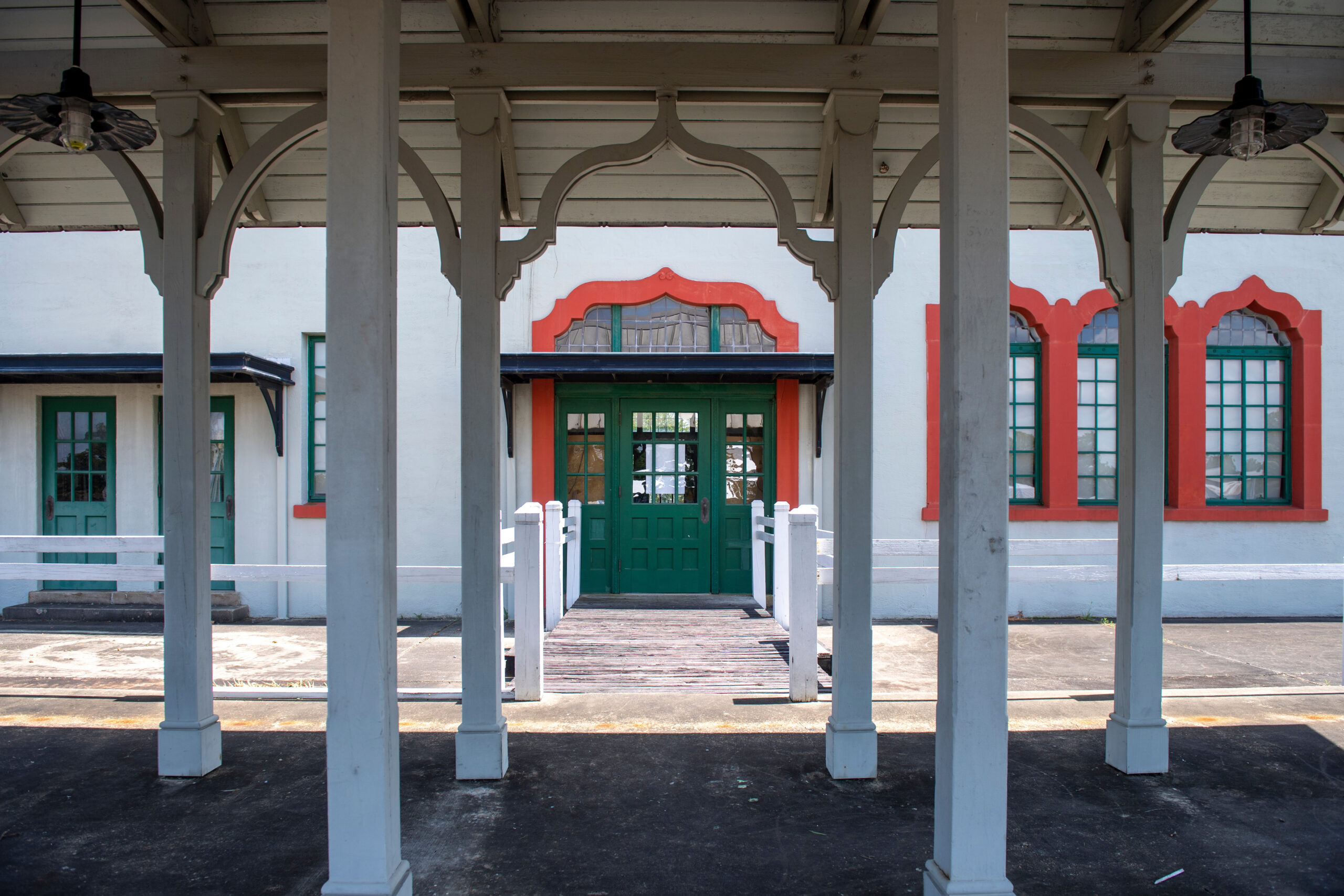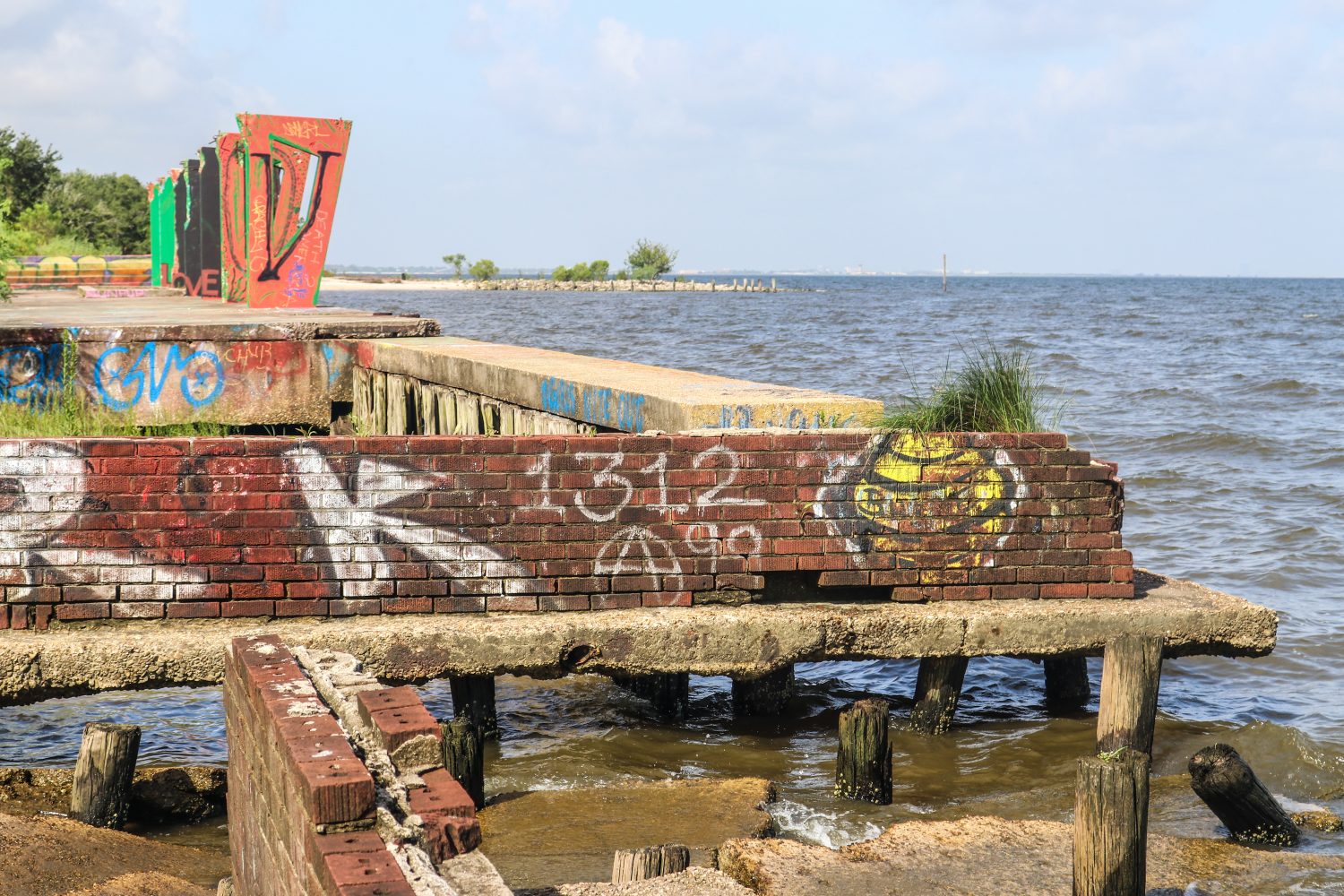Discover the full history of New Orleans with this list of historic places that played a pivotal role in the journey towards emancipation. The stories behind these sites where key events unfolded and noteworthy historical figures lived continue to inspire hope today, celebrating the triumphs and struggles of those who fought for liberation.
1438 North Roman Street
This home, located in the Seventh Ward, was once the home of Homer Plessy and his wife, Louise. Plessy was a shoemaker and activist born in New Orleans in 1863, and was notable for being the plaintiff in the landmark case of Plessy v. Ferguson. The case marked one of the first attempts of a Black person in the South to challenge the growing influence of Jim Crow laws. In this case, Plessy was attempting to challenge the legitimacy of the Louisiana Separate Car Act, which maintained racial segregation on train cars in the state. Plessy refused to move from a White only car, and was removed from the train and arrested on June 7, 1892. The case eventually made its way to the United States Supreme Court, which, on May 18, 1896, issued one of its most infamous decisions. The court ruled in Plessy v. Ferguson that the rail company had the legal right to segregate cars, as long as “equal” facilities were provided. This enshrined the doctrine of “Separate but Equal” into law, allowing Jim Crow segregation to propagate throughout the South for almost 70 years. However, the activism and act of civil disobedience from Homer Plessy inspired generations of the United States’ most notable Civil Rights activists. Plessy and Louise were married in 1889 and living at 1438 North Roman St. by 1900, according to the census from that year. Plessy had recently moved from a different home located on North Claiborne Avenue, at the site of what is now the Esplanade Avenue exit on Interstate 10. 1438 North Roman is one half of an Italianate-style double shotgun house, a form that is common throughout the Seventh Ward neighborhood and nearby Treme.
1448 Fourth Street
A prime example of high-style Italianate architecture, this Garden District home is notable for its cornstalk fence. Commonly known as Colonel Short’s Villa, the home was constructed in 1859 for Army Colonel Robert M. Short. However, in 1863, Federal troops took control of the home, and in 1864, it served as the Executive Mansion for the newly elected Governor of Louisiana, Michael Hahn. Hahn was originally born in Bavaria, Germany, but had settled in New Orleans as a child with his family. Hahn was elected as a representative for Louisiana’s 2nd Congressional District in 1862. Although he was a member of the Democratic Party, he became an ally of the Republicans, due in large part to his opposition to the secession of Louisiana from the Union, and his support of Reconstructionist policies in the state. When he became governor in 1863, Hahn advocated heavily for suffrage and other civil rights for freedmen, although his term was cut short when he resigned in 1865 due to a contentious political atmosphere surrounding Reconstruction politics in the South. Later, Hahn was wounded in the 1866 New Orleans Massacre along with hundreds of African Americans. The mansion was later returned to Colonel Short following the Civil War, and is now in private hands.
Christian Unity Baptist Church (1700 Conti Street)
This unassuming church in the Treme neighborhood holds a vital place in the history of Juneteenth in the United States. The Christian Unity Baptist Church was founded in 1989. In 1995, the congregation hosted a gathering of people from across the country to revitalize the celebration of Juneteenth. For many, the holiday had been forgotten, especially outside of Texas. Led by the efforts of Minister John Mosley, this small initial gathering eventually led to the founding of the National Juneteenth Observance Foundation, which long advocated for national recognition of the holiday. This goal was finally achieved in 2021, with the signing of the Juneteenth National Independence Day Act by President Biden.
L’Union Building (527 Conti Street)
This Greek revival building located at 527 Conti Street was once home to the L’Union newspaper. L’Union was one of the most important Black newspapers in the country during the Civil War and Reconstruction eras and helped to jump start Civil Rights activism in New Orleans. Thought to be the first Black newspaper in the South, L’Union was founded in 1862 by Louis Charles Roudanez, M.D. Roudanez was a Creole physician who also was a member of the Comite des Citoyens. A historical marker on the building commemorates the legacy and influence of L’Union and Roudanez.



